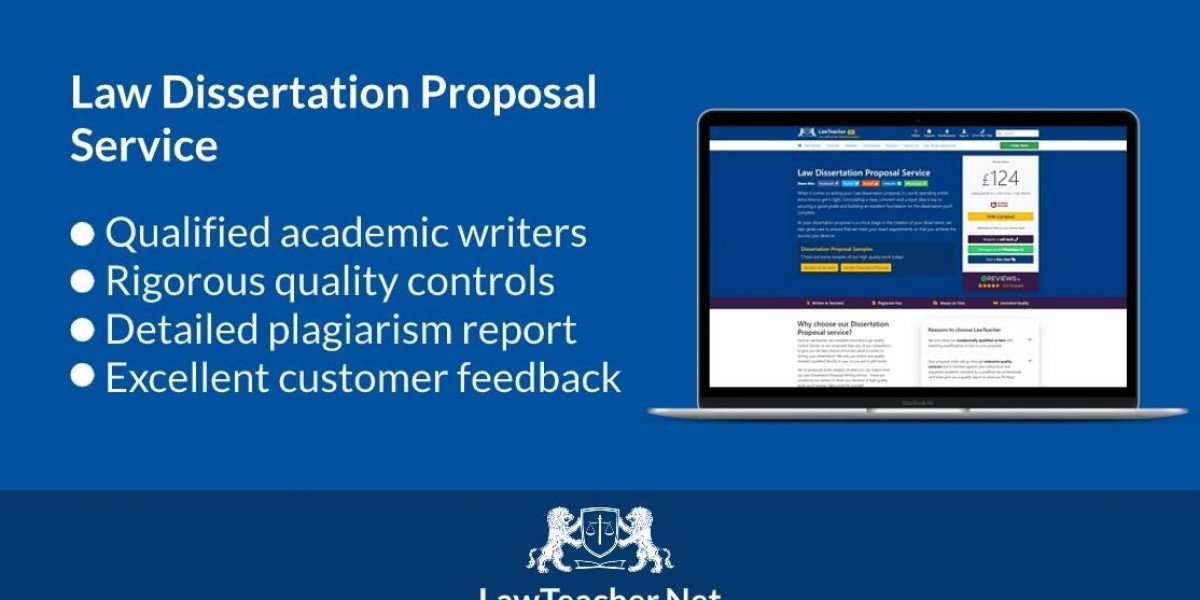Introduction
Automotive infotainment systems have become an essential component of modern vehicles, enhancing the driving experience by providing entertainment, connectivity, and navigation support. As the demand for smart and connected cars grows, the need for reliable infotainment systems has surged. Automotive infotainment testing systems play a crucial role in ensuring the quality, functionality, and safety of these systems before they hit the road.
What Are Automotive Infotainment Systems?
Automotive infotainment systems integrate various digital functionalities into a single interface, providing drivers and passengers with access to multimedia, communication, and navigation tools. Features often include touchscreen displays, voice recognition, Bluetooth connectivity, GPS navigation, and smartphone integration through platforms like Apple CarPlay and Android Auto.
Importance of Infotainment System Testing
Infotainment systems are complex, combining software, hardware, and user interfaces. Any malfunction or performance issue can significantly impact user experience and safety. Automotive infotainment testing systems ensure that these platforms meet industry standards for performance, security, and reliability.
Key Features Tested in Automotive Infotainment Systems
1. Connectivity and Compatibility: Testing verifies seamless connectivity with smartphones, external devices, and wireless networks.
2. Audio and Video Quality: Assessing the clarity and synchronization of audio and video playback.
3. User Interface (UI) and User Experience (UX): Ensuring intuitive navigation and responsive interfaces.
4. Voice Recognition and Command Functionality: Confirming accurate and swift voice command responses.
5. Navigation and GPS Performance: Evaluating real-time location accuracy and mapping features.
6. Security and Data Protection: Identifying potential vulnerabilities and ensuring data privacy.
7. Software Updates and Integration: Verifying the reliability of over-the-air software updates and system compatibility.
Types of Automotive Infotainment Testing
1. Functional Testing
Functional testing ensures that all features work as intended. Testers evaluate UI responsiveness, touchscreen controls, voice commands, and multimedia playback under various scenarios.
2. Performance Testing
Performance testing measures how well the system handles heavy loads, multiple tasks, and prolonged usage. Factors like system boot time, response speed, and crash recovery are closely monitored.
3. Compatibility Testing
Since infotainment systems interact with multiple devices, compatibility testing ensures seamless connectivity with various smartphones, Bluetooth devices, and external media players.
4. Usability Testing
Usability testing involves real-world user scenarios to identify any issues related to user experience, comfort, and ease of operation. Feedback from drivers and passengers helps refine the system’s interface.
5. Security Testing
Security testing assesses potential vulnerabilities to cyberattacks, unauthorized access, or data breaches. Penetration testing and encryption validation are commonly performed.
6. Regression Testing
After updates or changes, regression testing ensures that new modifications do not introduce new bugs or negatively affect existing functionalities.
Tools and Technologies in Infotainment Testing
Several advanced tools and technologies are used to conduct comprehensive infotainment system testing:
· Simulation Software: Simulates real-world driving environments to test navigation, connectivity, and multimedia functions.
· Automated Testing Tools: Perform repetitive tests quickly and accurately.
· CAN Bus Analyzers: Monitor and analyze communication between different in-vehicle components.
· Emulators and Simulators: Replicate smartphone interfaces for compatibility testing.
Challenges in Automotive Infotainment Testing
· Device Fragmentation: With numerous device models and operating systems, ensuring compatibility across all platforms is challenging.
· Data Security: Protecting sensitive user information from cyber threats is a critical concern.
· User Experience Variability: Designing intuitive and user-friendly interfaces for diverse user preferences requires extensive testing.
· Real-Time Performance: Infotainment systems must perform seamlessly without lag, even during multitasking.
The Future of Automotive Infotainment Testing
With advancements in connected and autonomous vehicles, infotainment systems are becoming more sophisticated. Future testing will involve:
· AI and Machine Learning: Enhancing automated testing processes and predictive analysis.
· 5G Connectivity: Ensuring seamless data transmission for enhanced infotainment experiences.
· Over-the-Air (OTA) Updates: Continuous software improvements and remote diagnostics.
· Augmented and Virtual Reality (AR/VR): Enhancing in-car entertainment and navigation systems.


